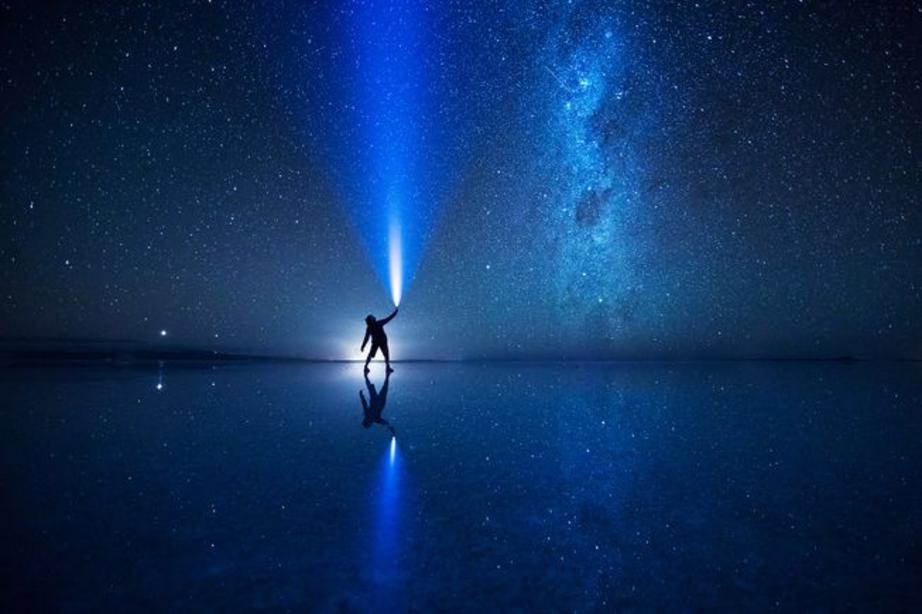What to see in the night sky in 2018
Dean Regas, co-host of the PBS program 'Star Gazers,' shares celestial highlights of the next 12 months.
Are you ready to experience all of the celestial wonders set to unfold in 2018? After a wild 2017 that will forever be associated with August's total solar eclipse, the first such coast-to-coast occurrence in nearly a century, the next 12 months have something of a hard act to follow. But don't worry — 2018 has some memorable moments worth dragging the whole family outside for.
To help break down a few of the the year's most notable upcoming night sky events, we've enlisted the help of Dean Regas, an astronomer for the Cincinnati Observatory and co-host of the PBS series "Star Gazers." His latest book, "100 Things to See in the Night Sky," is a must-own field guide for easily spotting planets, constellations, stars and even man-made objects.
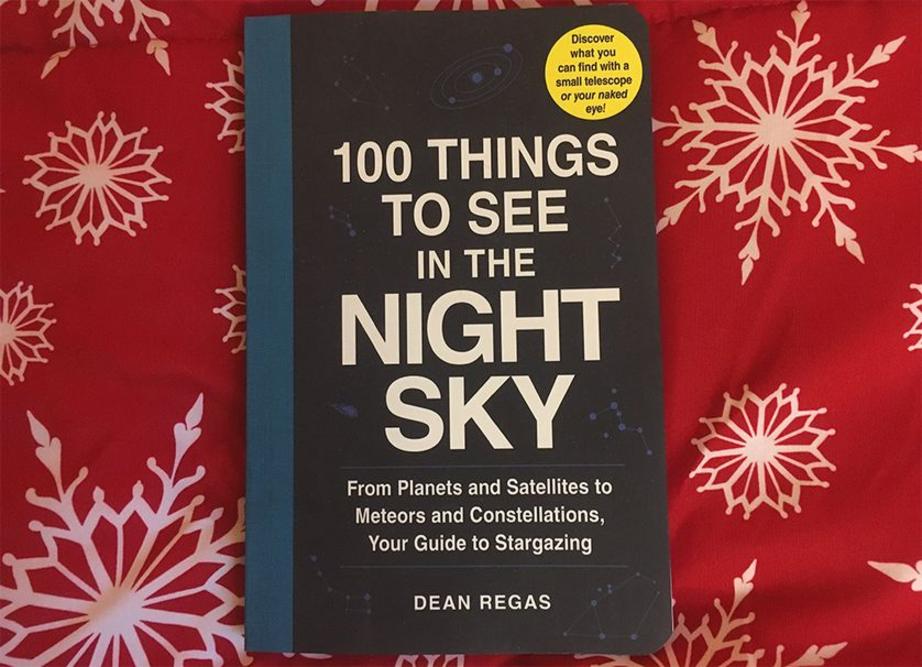 Dean Regas, an astronomer for the Cincinnati Observatory, has published a new field guide for backyard astronomers.
Dean Regas, an astronomer for the Cincinnati Observatory, has published a new field guide for backyard astronomers.
"With the naked eye I love gazing at the stars of Orion, Taurus and the Pleiades (Seven Sisters)," he told MNN. "I like to note their various colors, brightnesses and the way they uniquely twinkle. My outright favorite star is Bellatrix, the blue star marking Orion’s right shoulder. Winter is the best time to see it."
Regas, who may also be familiar to readers as a recurring guest on NPR's "Science Friday" with Ira Flatow, adds how stargazing is one of those hobbies that never fails to induce awe and wonder.
"Even after 20 years of doing this, I still love looking at the moon and planets through telescopes," he said. "They never get boring! Examine the moon at different moon phases or even at different times in a night to see some subtle changes. And then nothing beats finding Saturn in a telescope and behold the breathtakingly beautiful rings."
For some breathtaking celestial moments of your own, circle some of the following dates below on your calendar.
Two months of 'Blue Moons' (January and March)
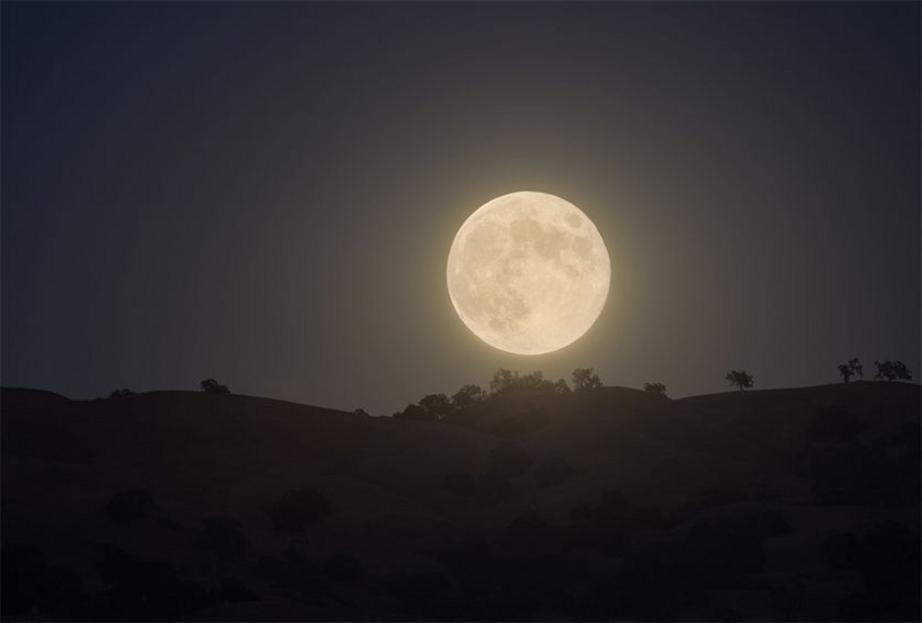 2018 will feature two months with 'Blue Moons,' the phenomenon of a single month featuring two full moons.
2018 will feature two months with 'Blue Moons,' the phenomenon of a single month featuring two full moons.
Let's get this right out of the way: A Blue Moon is not actually blue. (I know, total bummer.) That's not to say it doesn't happen. In fact, the moon has been known to take on a blue hue over regions experiencing smoke or dust particles in the atmosphere. The eruption of Krakatoa in 1883, for instance, pumped so much ash into the atmosphere that it caused the moon to appear blue for nearly two years.
The Blue Moons that will take place on Jan. 31 and March 31 are so-named only because they are the second full moons to take place in a calendar month (the others coming on Jan. 1 and March 1). February will just miss the cut and features no full moon. While Blue Moons aren't particularly rare (the last occurred in July 2015), the pairing of January and March playing host to the event won't take place again until 2037.
As Regas points out, despite the lack of blue hue, the moniker for this celestial event will still draw interest.
"This will definitely get the public’s attention even though it’s not a real event," he said. "We’re planning public events for these and the one in March is on a Saturday too — perfect for getting the public involved."
Super Blue Moon Eclipse (Jan. 31)
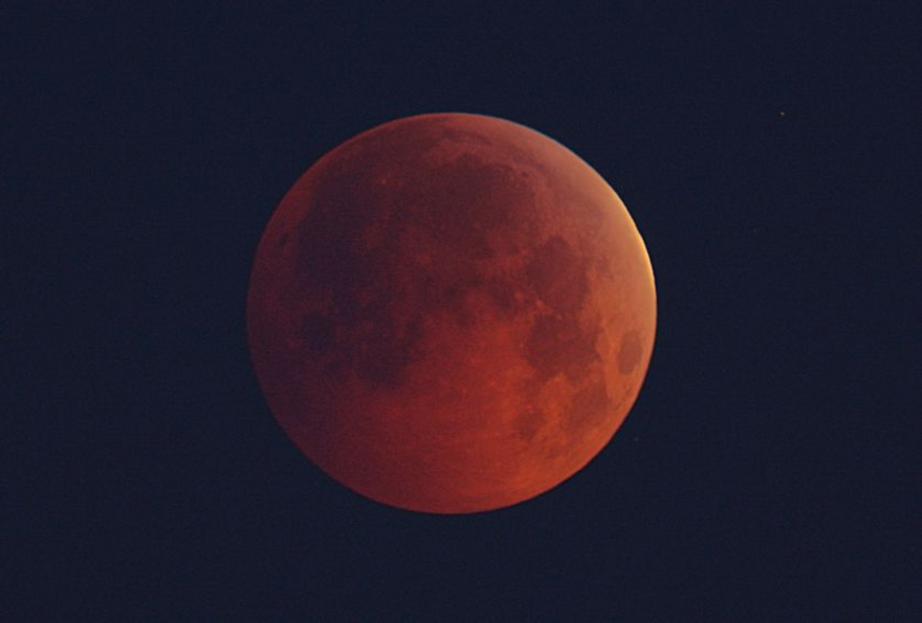 Those living on the West Coast of the U.S. and in Hawaii will be able to view a total lunar eclipse on Jan. 31.
Those living on the West Coast of the U.S. and in Hawaii will be able to view a total lunar eclipse on Jan. 31.
For much of the Western U.S., the first Blue Moon of 2018 will briefly turn red.
Dubbed a supermoon because of its close proximity to Earth, the lunar disc will begin passing through our planet's shadow at approximately 3:48 a.m. PST. It will achieve full totality, a phenomenon that appears to turn the moon red, at 4:52 a.m. PST and fully conclude at 7:11 a.m. PST. Those on the East Coast will only see a partial eclipse, as the moon will set around 7:21 a.m. EST.
2018's only other lunar eclipse, on July 27, will be completely visible only from Western Africa and Central Asia.
China's runaway lab returns (March-ish)
The 8.5-ton Tiangong-1, China's first-ever space lab, is predicted to make an uncontrolled reentry into Earth's atmosphere sometime in March, give or take a couple of weeks.
The chances of it hitting anyone are pretty slim, but that's a lot of metal hurtling toward our planet, and some 10-40 percent of it could make it through the atmosphere intact. The rest will burn up on re-entry, providing (if conditions are right) a fiery show that could look like the spectacular end of the controlled 2015 de-orbit of the European Space Agency's Jules Verne supply freighter, shown in the video above.
Mars in the spotlight (July 27)
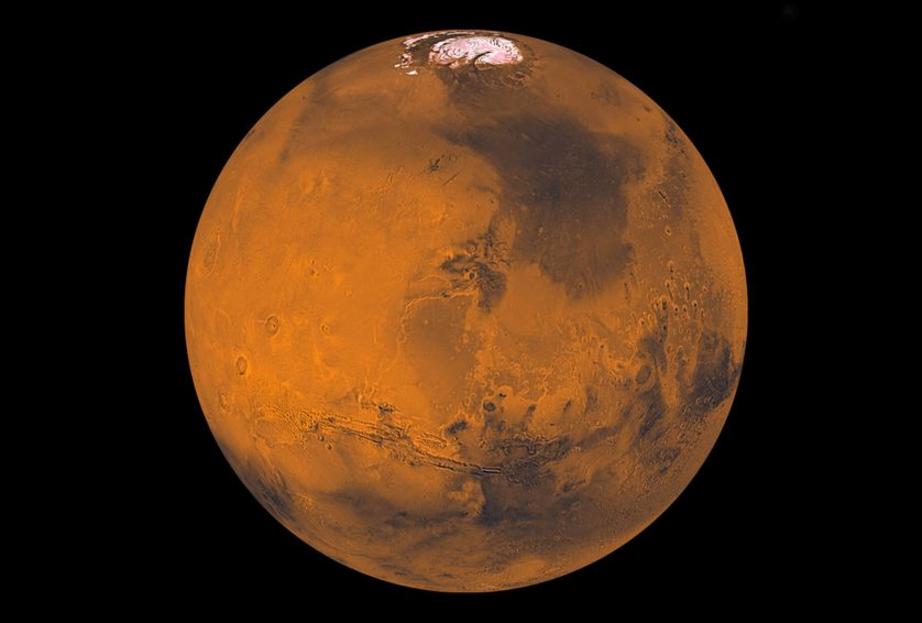 Mars will be 'only' 35.8 million miles from Earth on July 27, its closest approach since 2003.
Mars will be 'only' 35.8 million miles from Earth on July 27, its closest approach since 2003.
The crown jewel of celestial events in 2018 is undoubtedly the opposition of Mars on July 27. On this date, the red planet will not only be closest to the Earth, but also directly opposite the sun and in full illumination. While some oppositions are closer than others, this one is extra special.
"This will be the closest Mars has been to us (about 35 million miles) since that great Mars pass in 2003," said Regas. "We’re planning events around that date called 'Marsapalooza' to celebrate and show people views of the red planet."
While 2003 may not seem that long ago, that Mars opposition was the closest the planet has come our way since the year 57,617 B.C.! The July opposition will come within 97 percent of that historic close up or a distance of only 1.2 million miles further away.
Short of helping Elon Musk colonize Mars, you won't see the red planet this close again until Sept. 15, 2035, when it will be only 35.36 million miles from Earth.
Dark-sky meteor showers (August & November)
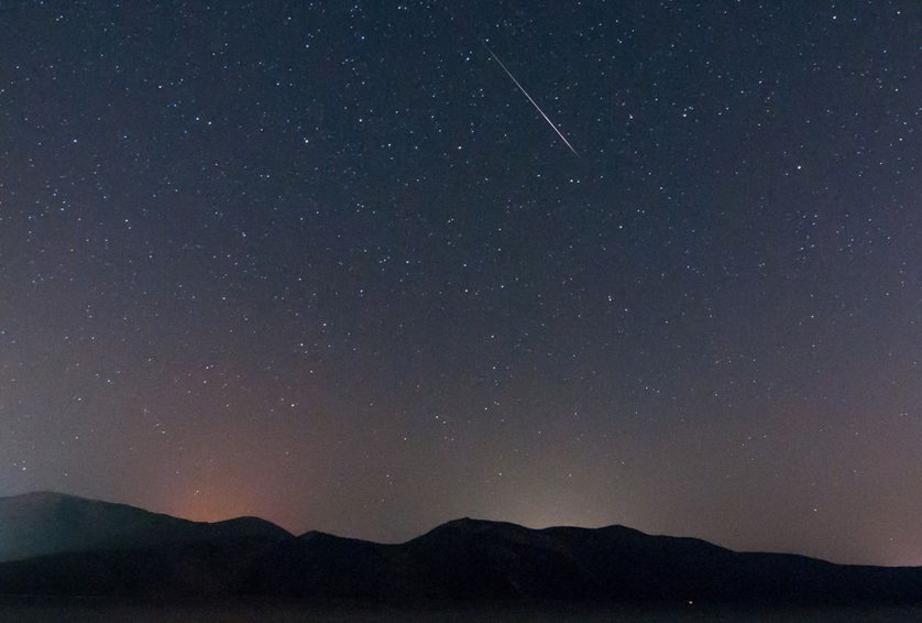 A Perseid meteor captured over Almiropotamos bay, South Evia, Greece, in 2013.
A Perseid meteor captured over Almiropotamos bay, South Evia, Greece, in 2013.
Every year features several meteor showers to look forward to, with the best coming in the midst of a waning or waxing crescent or new moon. This year's dark sky showers include the Lyrids in April, the Perseids in August, and the Draconids in October. Regas, however, says not to hold your breath on the latter, with some words of wisdom on those posted "shooting stars per hour" stats that are often thrown about.
"Best one of the year, on paper, looks to be the Perseids on August 12 and 13," he said. "Geminids on December 13 and 14 could be good as well. Draconids are usually, meh, not much. Please don’t quote how many meteors people might see per hour. Those are always highly inflated and give people a false sense of how many shooting stars to look for."
Comet 46P/Wirtanen approaches (December)
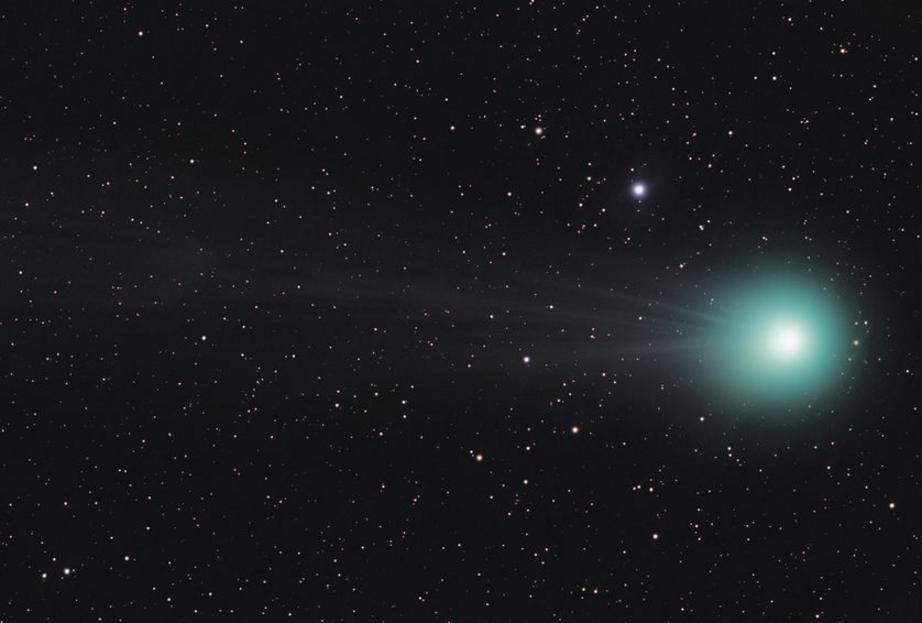 A beautiful capture of Comet Lovejoy, which reached a peak brightness of magnitude-4.5 during its flyby of Earth in 2015.
A beautiful capture of Comet Lovejoy, which reached a peak brightness of magnitude-4.5 during its flyby of Earth in 2015.
Comet 46P/Wirtanen, discovered by American astronomer Carl A. Wirtanen in 1948, is a short-period comet that circles the sun ever 5.4 years. It's 2018 apparition will reach its closest point on Dec. 16, when the comet will pass Earth at a distance of 7.1 million miles (or 30 lunar distances) from Earth. Because this flyby will occur four days after its perihelion (the point in its orbit when it will be closest to the sun), it's possible that Wirtanen could approach a magnitude of 3 brightness and even be visible to the naked eye.
As Regas told me, however, comets can be notoriously fickle, and there's no guarantee at this time that Wirtanen's historic close pass will translate into anything spectacular. Keep a pair of binoculars handy, just in case.
Just look up! (Any clear night)
.
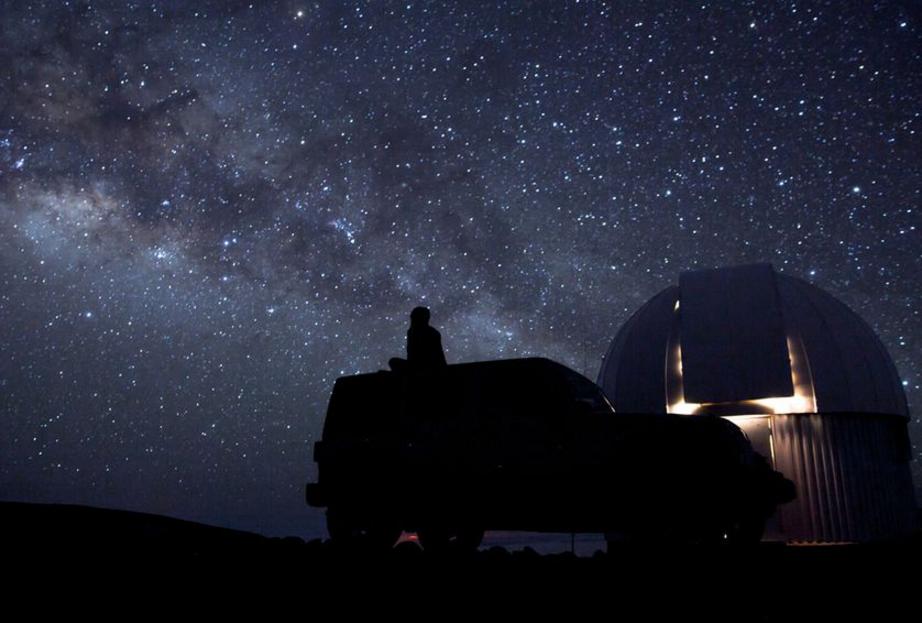 Take advantage of clear nights throughout the year to get out, look up, and gaze at wonder at the beauty of the universe
Take advantage of clear nights throughout the year to get out, look up, and gaze at wonder at the beauty of the universe
While the events above are certainly great for encouraging people to get outside, the magic of looking up at the heavens on any clear night is available year round.
"One of the things that gets me about stargazing is that you are looking at the same stars that your ancestors saw," Regas shared. "The outline of the constellations have not significantly changed in the last 6,000 years, so when you look up you’re seeing the same view. It’s a terrific connection to the past and I always like to wonder what they thought of it all — just as I look and wonder today."
Should a national park be on your to-do list for 2018, Regas also recommends saving some of your exploring for the evening hours. When it comes to dark skies free of light pollution, few places in the U.S. give unhindered access to the universe like these protected wonders.
"Most people only visit during the day but they are missing half the fun," he said. "In your next vacation stay a night or a week inside a national park see a sea of stars."
Dean Regas' new book, "100 Things to See in the Night Sky" is available now from Barnes & Noble or Amazon.
Editor's note: This story was originally written in December 2017 and has been updated with new information.

